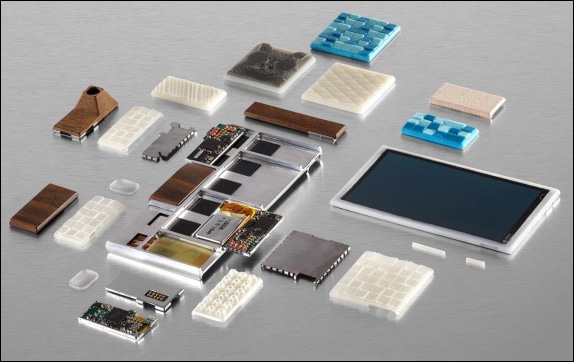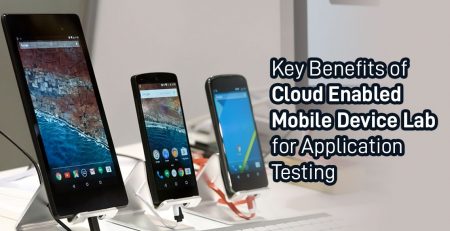A Disruptive thought Project ARA – Modular Smartphone by Google
Smart phones like iPhone 6, Samsung Galaxy S6, HTC One M9 are awesome but wouldn’t it be cooler if we could swap individual parts such as the camera for a better one if we want to? This blog is an attempt to explain how Google Project Ara could start doing exactly that, and how it could flip the present industry on its head.
Modular Phone: A modular smart phone in its simplest form is a handset which can be easily upgraded in a plug and play model by swapping individual components, or modules. It can as simple as upgrading a PC with a new motherboard, processor or a graphics card.
We can start with a bare shell adding a processor, memory, battery, camera and other modules to create a smart phone that suits our requirements.
It will be the only phone you need to buy because every time an updated part is available, such as a new camera, new processor or updated RAM, you only need to buy that individual part rather than an entirely new phone.
The project was originally headed by the Advanced Technologies and Projects team within Motorola Mobility when it was a part of Google. Google is retaining the project team who will work under the direction of the Android division, after selling Motorola to Lenovo.
In case of Project Ara, the modules on the phone slide in from the side and magnets are used to held the modules in their place. The device will be using wireless capacitive interconnects, Instead of using unreliable contacts. Small-square, big-square and rectangular are the three different sizes of modules currently.

Project Ara Goals: The phone is designed to be used by all including those with feature phones and those who will be first time users. The plan is to sell a starter kit for $50 which includes a phone frame, battery, display, low-end CPU and Wi-Fi.
Project Ara is designed to lower the entry barrier for phone hardware manufacturers so there could be many more of phone developers instead of the current handful of big manufacturers. This is in line with how Google Play Store is structured. Lowering the barrier for entry makes many more people to develop modules. When a license or paying a fee is not required, anyone will be able to build a module.
Project Ara Release Date: It was announced at the first developer conference, that the aim is to release the device in January 2015. The ‘gray phone’ which is the base piece was decided to be priced at $50. The individual modules will vary in prices.
The Ara development boards were shipped to developers in July 2014. On 14 January 2015 in the latest developer conference, the first Project Ara phone ‘Spiral 2’ was unveiled and it was announced that a Puerto Rico trial of ‘Spiral 3’ in the third quarter of 2015 is being planned.
The current roadmap is to give Spiral 2 prototype the ability to make 3G phone calls. Meanwhile, Spiral 3 will have features to make it more competitive in the larger market, such as 4G LTE, longer battery life and camera with good picture quality.
The reason why Puerto Rico has been chosen for Spiral3 trials has an answer. According to Google, the region has an undeveloped landline system –– 77% of the population use mobile phones as their primary communication tool. This situation makes mobile space pretty competitive, with a bigger piece of share of 25% of the market taken by AT&T. There are local players, among which Google is teaming up with two of them, Claro and OpenMobile to launch its Ara phones. Currently the picture is unclear about what modules will initially be available at release, but there were discussions about using removable 1280 by 720p screens, batteries, wireless units and cameras.
Project Ara Challenges: You may be getting restless after reading about a customizable device like this but there are some downsides and plenty of hurdles. The working of a current modular phone makes it bigger and heavier than current smartphones.
Also, purchasing all modules and the base phone may be costlier than the one piece smartphone, there is a possibility that there will be connection and integration issues between the modules.Then there’s the fact that not all module combinations will provide a good experience. For example, we cannot expect a low power processor to run and deliver well with a higher resolution display or a very good camera.
For optimum performance, a smartphone’s software is optimized to the hardware on which it runs. This becomes a little difficult when hardware parts can be changeable with better ones. But if we look closely, these problems can already be seen in various Android smartphones where different OEM’s use the OS and use it on devices with different hardware specifications.
It is understandable that currently there are a lot of problems with modular smartphones like Project Ara but if they can be sorted out, then these modular devices could cause a revolution in the market. They can change how we perceive our smartphones and could become the new norm of building up our smartphones.




Leave a Reply